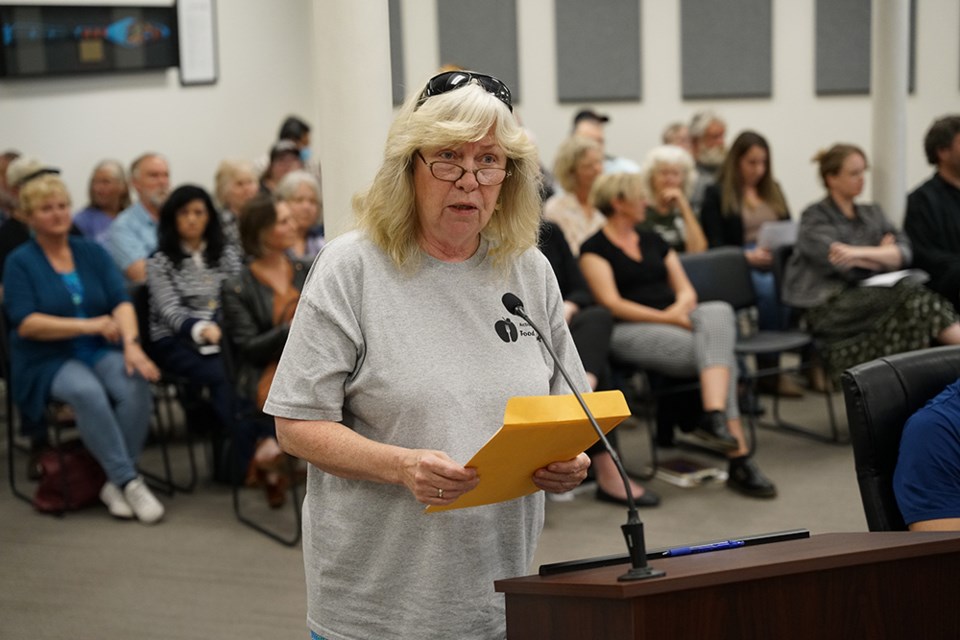City of Powell River councillors recently heard the realities of high inflation on making sure people in need are fed.
Appearing at the May 2 committee of the whole meeting, Savanna Dee, manager of the Powell River Action Centre Food Bank, said she was appearing to help bring awareness regarding food insecurity in the qathet region and across the nation. She said she also wanted to dispel some misconceptions about food bank users.
Dee said the food bank’s jurisdiction is from Saltery Bay to Lund, including Texada and Savary islands. She said the highest demographic is from 45 to 70 years old and 30 per cent of those the food bank feeds are children. There are a lot of seniors on fixed incomes, she added.
“We used to get four or five new clients a year and now we have more than 120 new clients, with no end in sight,” said Dee. “Low-income people have been and are already shopping at the low-end of the price scale in stores and rising food prices makes eating healthily a big-time struggle for some. The most nutritious items that continue to rise are critical to people’s health and well-being that disproportionately impacts them every day.”
Dee said going back 30 years, food inflation has ranged from one to 3.5 per cent, depending on the year. She said in the past year, Canadians’ food inflation has reached almost a whopping 12 per cent.
“With unaffordable, nutritious food for our old, young and sick, this can and will affect our already buckling health-care system now and in the future,” said Dee. “It will become a treatment-based system instead of a preventative health-care system. It’s almost a perfect storm.
“Low-income Canadians access food banks, but this does not address root causes. Some of our clients feel shame and guilt having to come to the food bank. To some, for a multitude of reasons, there is no light at the end of the tunnel.”
Dee said food banks across Canada are facing significant challenges due to the high cost of everything.
“We have never before had to deal with this never-ending increase of food insecurity,” said Dee. “We are serving more and more people every month as they struggle to afford necessities such as housing, hydro, fuel and food – it’s called the cost-of-living crisis.
“Food banks were meant to be a short-term solution, but this has changed. What we see is more and more of our community relying on us for one of the basic staples of life – food.”
Dee said volunteers at the food bank hear many heartbreaking stories for the reasons people find themselves at the door.
“We do not discriminate or judge because we respect everyone in need,” said Dee. “We could not operate without the help of our community. It takes around $100,000 of food yearly for clients to access us once a month, and that number is from a year ago.
“We see about 2,500 visits annually to the food bank. We rely on our community and we thank each and every one of them for donations of any kind. We must all work together to keep the doors open.”
Mayor Ron Woznow said the food bank is making a great impact on people who need it the most and he knows from working with the local seniors association and meals program that there is a real need.


.jpg;w=120;h=80;mode=crop)
